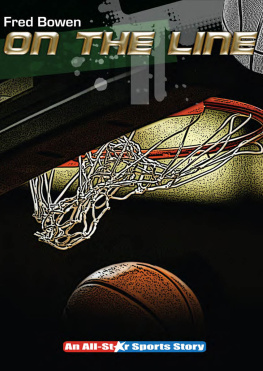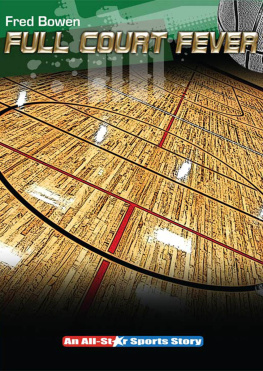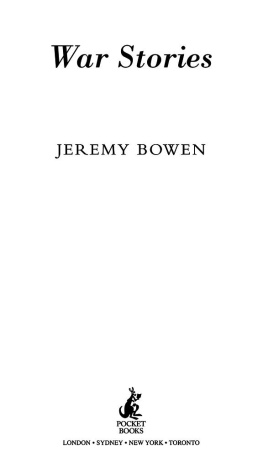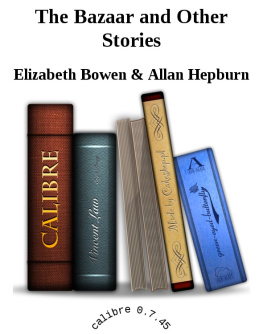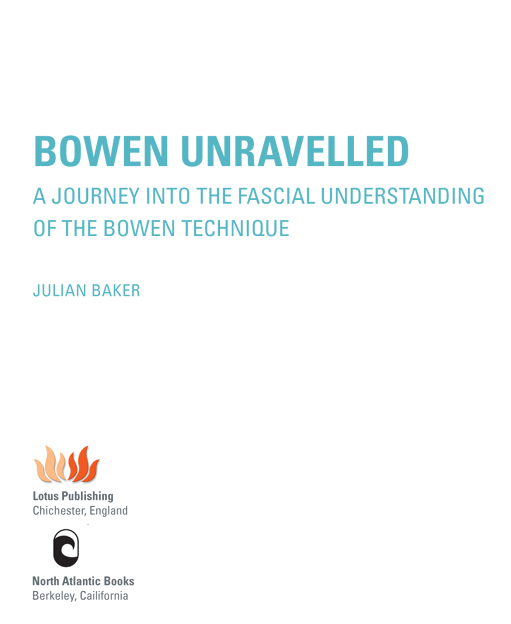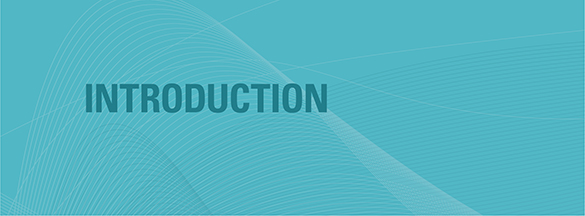Electronic Edition: ISBN 978-1-58394-779-1
Copyright 2013, 2014 by Julian Baker. All rights reserved. No portion of this book, except for brief reviews, may be reproduced, stored in a retrieval system, or transmitted in any form or by any means electronic, mechanical, photocopying, recording, or otherwise without the written permission of the publisher. For information, contact Lotus Publishing or North Atlantic Books.
First published in 2013 by
Lotus Publishing
Apple Tree Cottage, Inlands Road, Nutbourne, Chichester, PO18 8RJ and
North Atlantic Books
P. O. Box 12327
Berkeley, California 94712
Drawings Amanda Williams and Emily Evans
Photographs Primal Pictures and Gil Hedley
Text Design Simon Hempsell
Cover Design Paula Morrison
MEDICAL DISCLAIMER
The following information is intended for general information purposes only. Individuals should always see their health care provider before administering any suggestions made in this book. Any application of the material set forth in the following pages is at the readers discretion and is his or her sole responsibility.
Bowen Unravelled: A Journey into the Fascial Understanding of the Bowen Technique is sponsored by the Society for the Study of Native Arts and Sciences, a nonprofit educational corporation whose goals are to develop an educational and cross-cultural perspective linking various scientific, social, and artistic fields; to nurture a holistic view of arts, sciences, humanities, and healing; and to publish and distribute literature on the relationship of mind, body, and nature.
British Library Cataloguing-in-Publication Data
A CIP record for this book is available from the British Library
ISBN 978 1 905367 40 5 (Lotus Publishing)
ISBN 978 1 58394 765 4 (North Atlantic Books)
Library of Congress Cataloging-in-Publication Data
Baker, Julian, 1962- author.
Bowen unravelled : a journey into the fascial understanding of the
Bowen technique / Julian Baker.
p. ; cm.
Includes bibliographical references.
ISBN 978-1-58394-765-4 I. Title.
[DNLM: 1. Massage. 2. Fascia. 3. Physical Therapy Modalities. WB537]
RM721
615.822dc23
v3.1
CONTENTS
DEDICATION
To Jane
ACKNOWLEDGEMENTS
For the last few years I have had the enormous good fortune to be able to conduct fascial dissections with the kind permission of Imperial College of Medicine, under the watchful and supportive eye of Professor Ceri Davies and the ever-patient manager of the human anatomy unit, Rachael Waddington. Their help, advice and friendship has been invaluable and many of the images of dissections in this book appear by kind permission of the Human Anatomy Department, Imperial College of Medicine, London.
I am indebted also to the incredible kindness of the unnamed donors and their families, whose incredible gift of their forms makes the understanding of techniques such as Bowen, possible. The preparation of these forms is an art in itself and Lee Dennis is, in my view, the undisputed master. His skill, endless assistance and encouragement over the past few years has made the journey into dissection a lot easier than it could have been and I am eternally grateful.
To those too many to mention who have challenged me, supported me, fought me and bought me coffee, I thank you and hope that these pages will not let you down.
The Bowen Technique was first taught in the UK in 1993 and since then has become well established in the mindset of complementary therapists all over the UK and the rest of Europe. When I arrived back in the UK in 1992 after living in Australia for five years, I was convinced that the revelation of Bowen would change the way in which we think of and treat the body. This was a little ambitious to say the least, and two hard years of slog followed. In spite of two courses being run in 1993, interest was poor and the fervour of conviction did little to fan the flames of interest. The saving grace was an article by Jane Alexander in the Daily Mail in April 1994: this prompted an enormous response, with over ten thousand people contacting us to find out about treatment or training.
My full-time career in the Bowen Technique had started, and has continued unabated ever since. In 1998 my partner, Louise Atwill, and I parted company with the people I had been working with; equipped with new-found freedoms, I began to move Bowen in a different direction. Previously the technique had been marketed to the alternative end of the therapy market, with little emphasis on the anatomical reasoning or scientific understanding of how Bowen might be working. While continuing to teach the original form of the technique, I decided to target the primary health care sector, attempting to inform chartered physiotherapists and medical professionals of the role that Bowen might be able to play. Alongside this, I needed to explore in more depth the anatomy of the body, and question some of the conclusions that were being drawn about what was or was not happening, and what was also possible.
In 1999 I met Hans Thijssen, a remarkable bodyworker and intuitive therapist, who introduced me to the role that fascia played in the workings of the body and in particular to the way that physical therapy might affect this remarkable material. When one starts down a particular path it is sometimes difficult to see how or where the twists and turns will take you, and I can say with confidence that some key people have made a difference to how my understanding has changed and continues to evolve. Hans was key in what was to follow.
In 2002 Michelle Marr, a neurophysiotherapist, contacted me. She wanted to use Bowen to explore how it might affect hamstring flexibility, and, as part of her MSc, designed the first thorough examination of the effects of Bowen. Her immense knowledge and perfect power of explanation has inspired me continuously ever since; our joint explorations into fascia and connective tissue through dissection, reading and lots of heated debate has moved me on, both personally and intellectually, in ways I could never have imagined. I can honestly say I would not be where I am today without her.
More recently I have had the incredible good fortune to work with Gil Hedley, a mad professor if ever there was one. Gil divides his time between home educating his kids in Florida and flying around the USA (and once a year the UK), running the most incredibly inspirational dissection workshops, which show a different perspective on how and why the body does what it does. Gil demonstrates that the body comes in layers rather than parts, and his passion is to resist the established view and find a different way of looking both at the world and at the body. He is funny, warm and endearing to all he meets, and what he doesnt know about a body isnt worth knowing. No one who attends Gils workshops can ever look at bodywork, the world or themselves in quite the same waymyself included. It was Gil who has inspired me on my journey into the dissection process and allowed me to find answers and find direction to my work and my place in the world. Being around Gil to me means laughter and joy and I value his continued friendship and counsel beyond measure.



